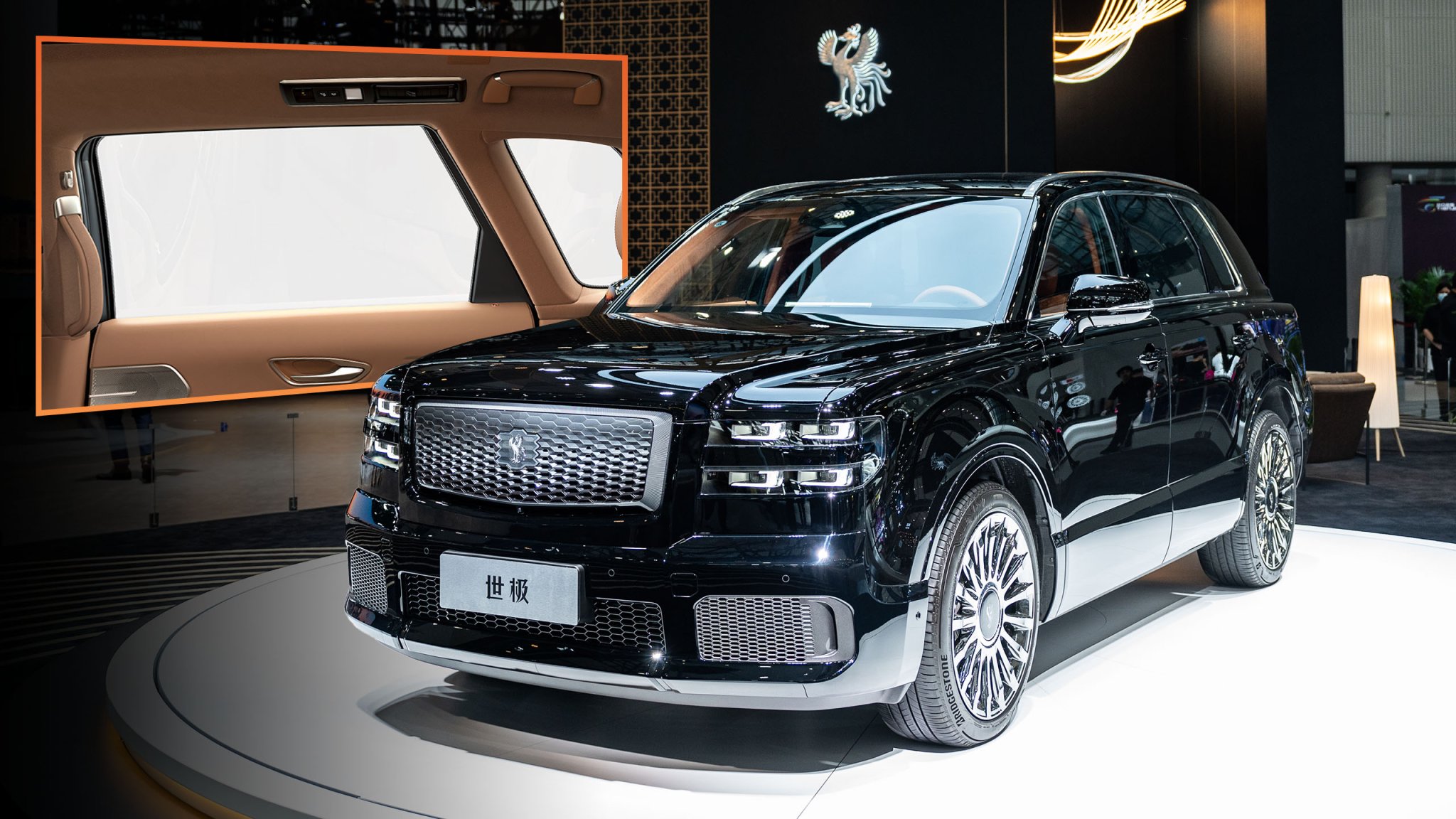
Electrochromic glass may not be a new technology by any means, but it still feels magical. If you’ve ever had the chance to sit in a car with a sunroof made out of the stuff, it’s pretty incredible. With a press of a button, the skylight goes from perfectly clear and bright to dark, to keep the sun’s rays from beating down on your head. Toyota has incorporated the tech into its flagship Century luxury SUV that the company sells over in Japan, but not how you’d expect. On the Century, the side windows in the back are electrochromic as well, and they don’t so much go dark as become frosted, to allow soft light in.
This feature is hitting in the headlines, but it isn’t new. The Century was revealed two years ago, but likely got buried under the vehicle’s other party-piece tech tricks, of which it has many. When Toyota first unveiled the latest Century, it showed off a model with sliding doors. The second-row captain’s chairs can lie nearly flat and include power footrests, and the Century even has a drive mode specifically to enhance rear passenger comfort, because the idea is that if you have access to one of these, you’re probably not driving it yourself.
But it’s the side windows that have caught our attention. Toyota says they can switch between three modes: clear, semi-translucent, and opaque. Again, what’s interesting about this is that the glass doesn’t appear to darken. Light still passes through it, but you simply can’t see anything on the other side. It’s a brilliant use of the tech, and it’s got to feel surreal to be enveloped in as a passenger.
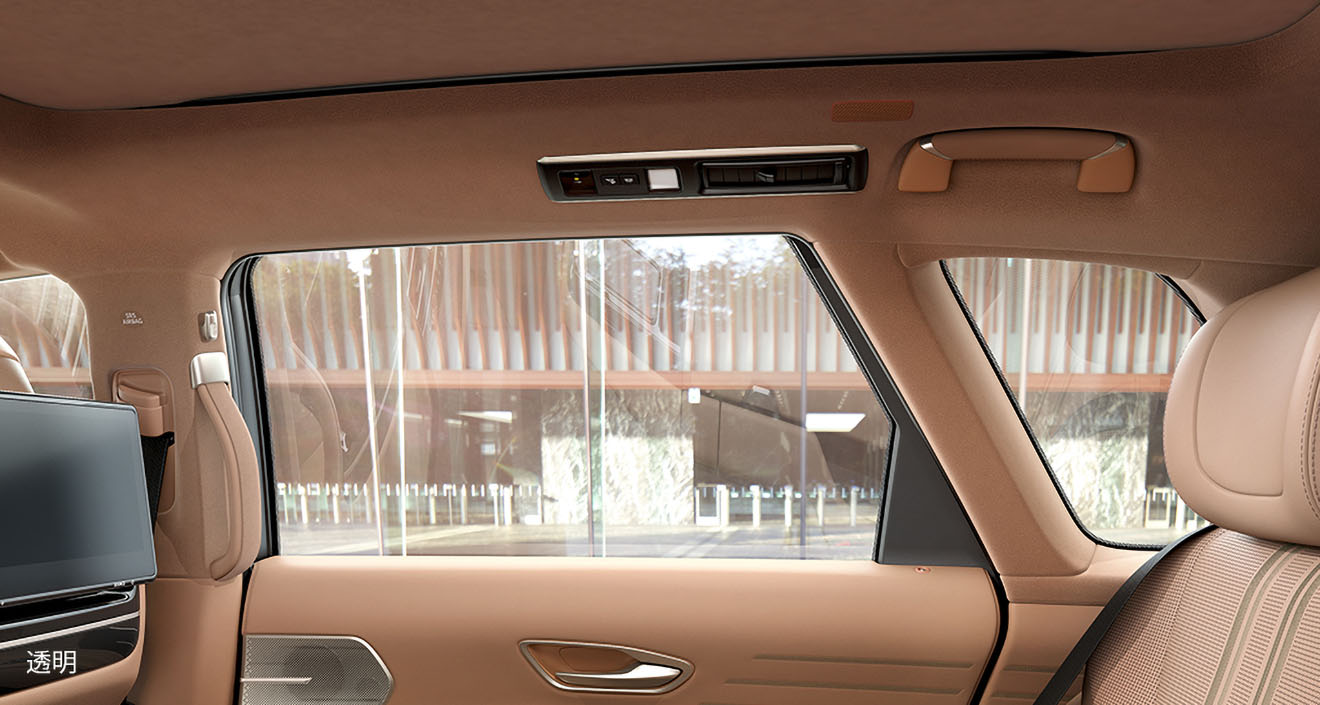
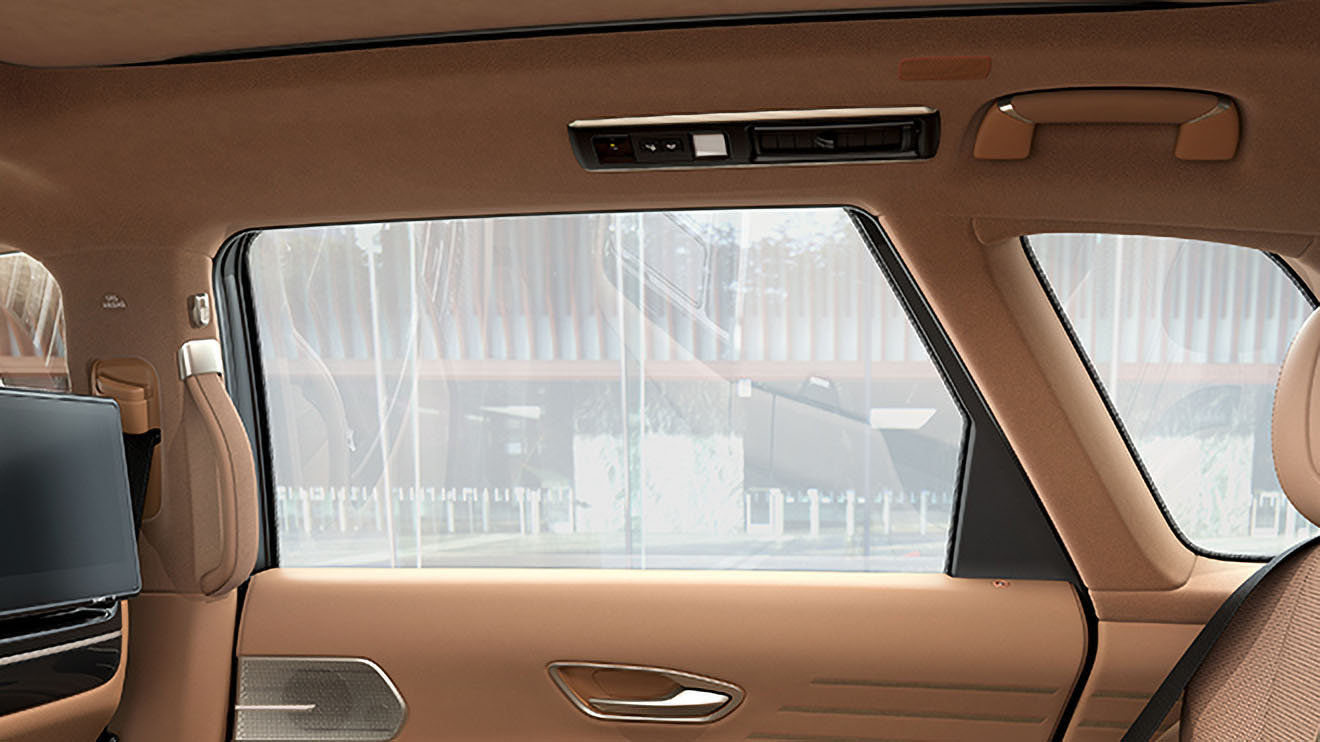
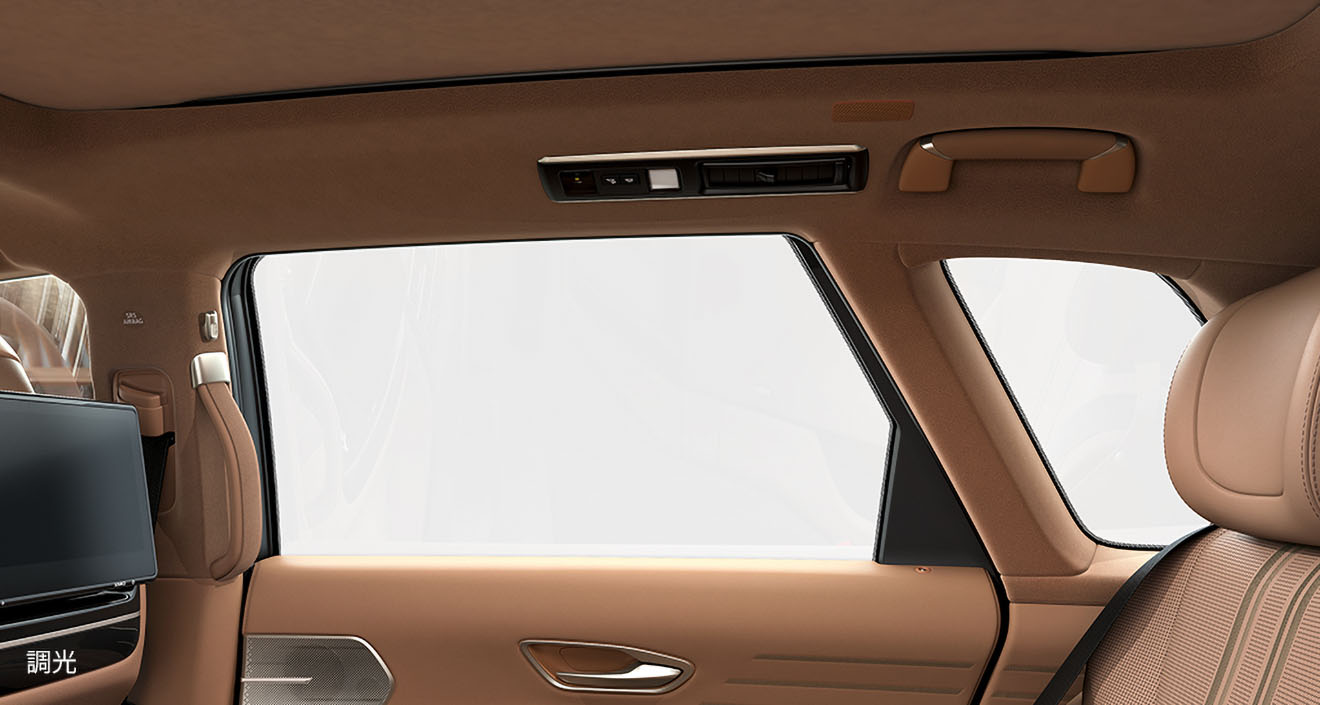
The technology was developed by a company called AGC. According to the firm, the Century represents the first time electrochromic glass has been used in car doors. AGC says it had to test the system to withstand the mechanical rigors of movable glass because, up until the Century, this sort of thing was only applied to fixed roof segments.
The way it works is relatively simple to explain: There’s a thin film made of “special material” (good luck getting that secret recipe) that contains particles arranged in a random pattern to scatter light. When a voltage is applied to the film, the particles align, making the film transparent.
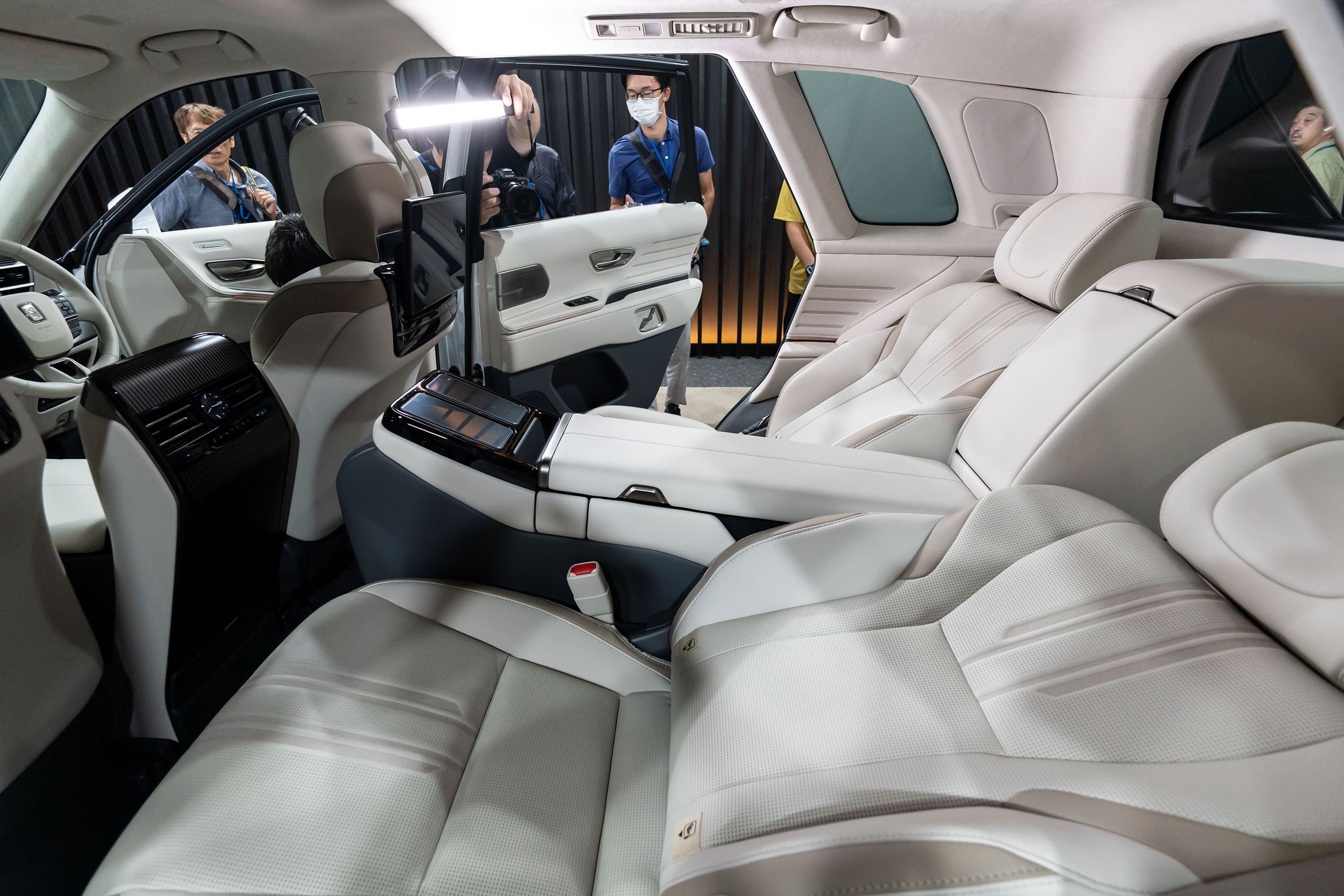
In its marketing materials, Toyota likens the opaque effect to “sitting in a Japanese-style room.” That’s appropriate, given that the Century has long been Toyota’s showcase for what happens when you combine the pinnacle of Japanese art and engineering in one automobile. We’re still sad to be missing out on it here in the States, but Toyota did finally bring the Crown over here several years ago, so we shouldn’t lose hope entirely that the Century could someday follow it along.
Got tips? Send ’em to [email protected]
